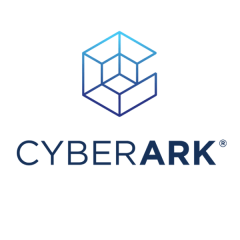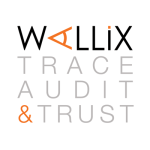What is our primary use case?
Primary use case is for compliance, SOX, PCI, HIPAA, and securing privileged access accounts. It seems to be performing well. We have had pretty good success with it.
We plan to utilize CyberArk to secure infrastructure and applications running in the cloud with AWS Management Console. We are testing it right now, so we hopefully it will be ready in about two months.
How has it helped my organization?
We are maintaining compliance in PCI, SOX and HIPPA, which is a big thing. Auditors really like it, and it has made us stay compliant.
There is at least one place to go to for getting privileged accounts. Now, users have to go through the portal or go through CyberArk front-end, the PVWA, or we could use the OPM or PSMP. It has helped out quite a bit.
What is most valuable?
We are able to know who is accessing what and when; having accountability. That is the big thing.
What needs improvement?
Make it easier to deploy. In 10.4, we did it with the cloud and could actually script the installs.
For how long have I used the solution?
Three to five years.
What do I think about the stability of the solution?
It has been pretty stable. We had some issues before, but customer support has been helping us out quite a bit.
We think we had some PSM issues, and that was the big problem we had. Basically, it had to be rebuilt.
What do I think about the scalability of the solution?
Scalability is impressive because you can set up clusters, so you can grow as your needs grow.
How is customer service and technical support?
Technical support has been excellent. They have been really good and knowledgeable. They come out and help us out. They have also helped us do our roadmapping.
We feel like we get the right person the right time that we call.
How was the initial setup?
The upgrading process was pretty straightforward. We had some issues with the platforms when we upgraded. That was probably on our part, maybe we missed something.
What about the implementation team?
The vendor was retained to implement our Cyberark rollout initially.
What was our ROI?
It keeps us from getting dinged by the compliance officers. Keeps us in compliance.
What's my experience with pricing, setup cost, and licensing?
Understand your needs prior to purchasing. Cyberark team will advise as well which is a plus.
What other advice do I have?
It does what it promised. It secures our platforms, haves the scalability, and it is just a solid product.
Know what you are getting into upfront. Work with IT to ensure you have buy-in from upper management, and work with them to get a roadmap to deploy.
Most important criteria when selecting a vendor:
- Reliability
- Having good customer support.
Disclosure: PeerSpot contacted the reviewer to collect the review and to validate authenticity. The reviewer was referred by the vendor, but the review is not subject to editing or approval by the vendor.
















